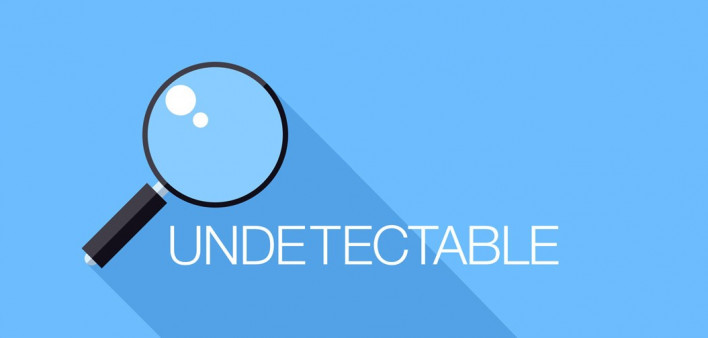The Health Resources and Services Administration (HRSA) has announced that people with HIV who receive medical care subsidized by the federal Ryan White HIV/AIDS Program (RWHAP) achieved a record viral suppression rate of 88% in 2019.
This impressive finding comes from the just-released 2019 Ryan White Annual Client-Level Data Report—the sixth such report, which covers data from the Ryan Services Report. The latter report is HRSA’s main source of annual data about people with HIV who receive any Ryan White–covered medical care. It pertains to 2,000 health care facilities that receive grants from the federal program.
The new report breaks down the data about people with HIV receiving Ryan White care by age, race and ethnicity, transmission category, federal poverty level, health care coverage and housing status.
The report also shows data on rates of retention in care (attending routine medical appointments) and viral suppression.
“Together, these data highlight the key role of the RWHAP in providing high-quality care and treatment to more than half a million people with HIV in the U.S. each year and emphasizes the importance of continuing and expanding this work for the Ending the HIV Epidemic: A Plan for America (EHE) initiative,” a HRSA press release states.
In 2017, some 567,000 people—556,000 (98%) of whom were people with HIV—received at least one medical service funded by HRSA. In other words, more than half of those living with diagnosed HIV in the United States received at least some assistance from HRSA to cover their medical needs.
In 2019, 88.1% of people receiving any Ryan White–covered services had a suppressed viral load, up from 69.5% in 2010.
By comparison, the Centers for Disease Control and Prevention recently estimated that 64.7% of all people with diagnosed HIV in the United States have an undetectable viral load.
To read a press release about the reports, click here.
To read the report, click here.







Comments
Comments